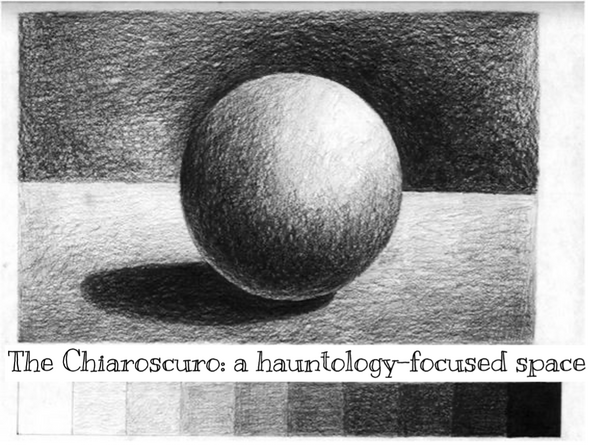Finding a Home, Putting Words to Rest
The character of Vitalina in Cavalo Dinheiro reminds Ventura not only of his neglected obligations to his wife, but she also reminds Ventura of his role, in Cavalo Dinheiro, of bringing about the despair that killed Joaquim. Only after reciting letters from official bodies, detailing information related to the burial of her husband, her birth, her marriage, all of which cannot approach a truthful account of her situation, does she put to Ventura the claim that he had brought ruin to her and Joaquim by cutting Joaquim’s arm during a fight so as to render it paralyzed. It is impossible to tell if this same accusation carries over into VV, as the circumstances surrounding Joaquim’s death in VV do not mention any sort of paralysis, and Ventura is a different avatar of the Ventura character. What further complicates or blurs the distinction between the movies is Ventura’s (i.e., the actor’s) presence as the priest of an empty church. This priest, too, is fleeing a personal shame from Cape Verde (related to his refusal to baptize or bless a group of people who are shortly killed in a gruesome car crash). The priest passes his time alternating between repeating certain phrases to himself or beseeching God to cast His eyes to the “shadows.” In many ways, it is not obvious that Ventura-as-a-Priest is meant to be a different character than, say, the Ventura of Juventude em Marcha.

